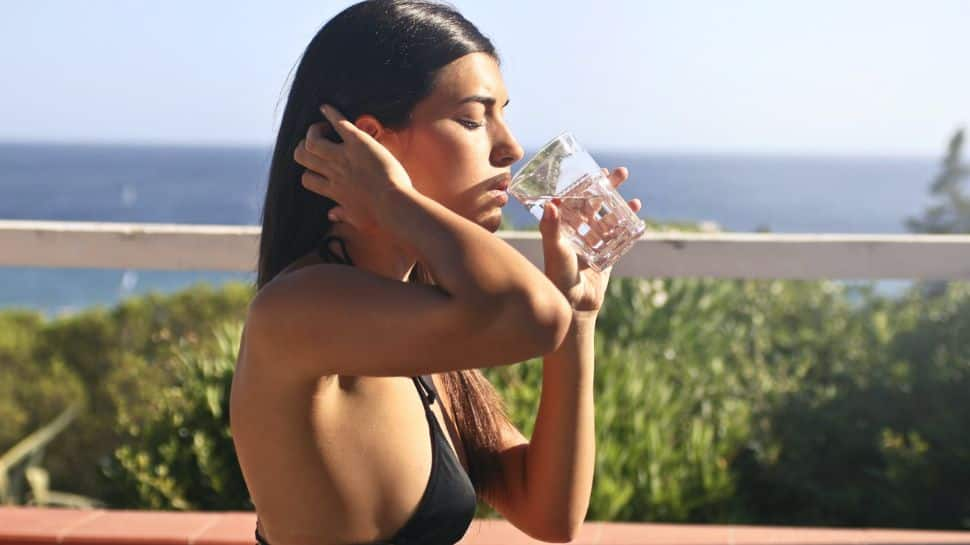Tips To Protect Yourself From Heat Stroke Amid IMD's Warning - Watch Out For These Symptoms
 [ad_1]
[ad_1]
Several states across India are under the grip of an unprecedented heatwave with the met department predicting a tough summer for many parts of the country. On April 17, the India Meteorological Department issued a heatwave warning for several parts of India, including Punjab, Haryana, Chandigarh, Delhi, Bihar, West Bengal, Sikkim, Odisha, and coastal Andhra Pradesh. A day earlier, 13 people died at a government event in Maharashtra while sitting in the open for several hours.
As the last instance shows, extreme heat can lead to heat stroke, a life-threatening emergency condition. Dr Tushar Tayal, Lead Consultant, Department of Internal Medicine, CK Birla Hospital, Gurugram, shares, "Heat stroke occurs on exposure to high temperatures for a prolonged period of time." He speaks to us about how heat strokes happen and the steps that can be taken to prevent them.
How Heat Strokes Happen
Dr Tayal explains that heat stroke often happens as a progression from milder heat-related illnesses such as heat cramps and heat exhaustion. "When the body is not able to maintain its internal temperature, its sweating mechanism fails and the body temperature rises rapidly crossing 104 F. At such a high core body temperature, the internal organs including the brain start getting affected. The precipitating factors are environmental heat and dehydration," he shares.
Heat Strokes: Symptoms To Watch Out For
As Dr Tayal points out, some of the signs and symptoms that a person experiencing heat stroke are
1) Body temperature above 104 F or 40 C
2) Body is dry and red and there is no visible sweating
3) An altered behaviour in the form of slurring of speech, incoherent talks, seizures, and sometimes coma
4) Rapid breathing
5) Nausea and vomiting
6) Headache
7) Muscle cramps
8) Rapid heart rate
How To Handle A Heat Stroke
Heat stroke is a medical emergency and the patient should immediately be taken to a hospital without delay. Dr Tayal suggests the following steps that can be taken till the time medical aid is available:
- Move the patient to a cool place or airconditioned room
- Get them to lie down and raise their feet slightly
- Get them to drink plenty of water( if the person is conscious)
- Cool their skin – spray or sponge them with cool water and fan them. Cold packs around the armpits or neck are good too.
Also Read: How To Protect Your Heart In Summer, Follow Expert's Tips
6 Steps To Prevent A Heat Stroke
Some measures that should be followed in summer months to prevent heat exhaustion and heat stroke, as suggested by Dr Tayal, are:
- Drink plenty of cold drinks, especially while exercising
- Take cool baths or showers
- Wear light-coloured, loose clothing
- Avoid the sun between 11 am and 3 pm
- Avoid excess alcohol
- Avoid extreme exercise in high temperatures
Comments
Post a Comment